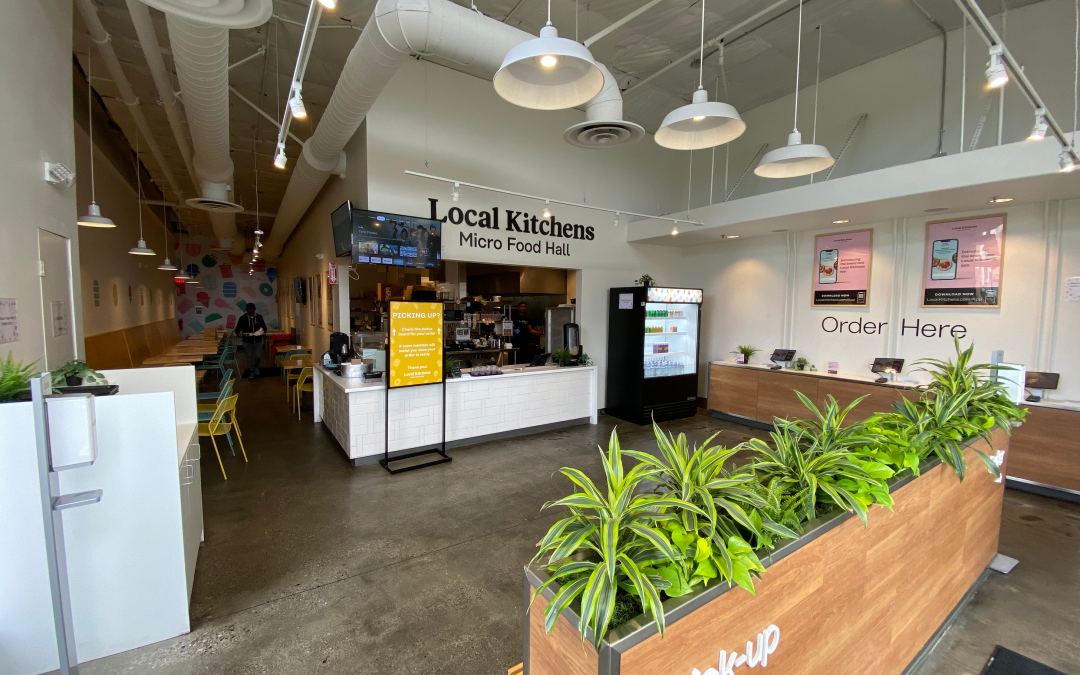Local Kitchens may be cracking the multi-brand restaurant code. Just don’t call it a ghost kitchen.
In its 12 Northern California micro food halls, the company operates one kitchen and prepares items from many menus. Unlike ghost kitchens, it offers a dine-in space. And unlike many ghost kitchens, it’s succeeding.
The locations are humming and achieving unit-level profitability, according to company execs. The company boasts that it has served 10 percent of San Francisco households. It has raised $75 million so far, with $40 million coming in its most recent raise.
“We believe this type of model has the potential for rapid growth and will be as disruptive to the restaurant industry as fast casual led by Chipotle in the 1990s and before it fast food drive-thru led by McDonald’s in the 1960s,” wrote CEO Jon Goldsmith, who formerly was a software engineer with DoorDash, in a June 25 blog post.
That’s bold. It still needs to prove it can play in the rest of the Golden State before it can be thought of as anything resembling the Golden Arches. Yet Goldsmith is confident. In his post he refers to ghost kitchens as a boondoggle and charges that most took shortcuts to squeeze out a role for themselves.
Local Kitchens may have a well-earned space in the industry but its glide path has had its own turbulence. In 2022, it had announced plans for locations in Folsom and Citrus Heights, which it later abandoned.
But the company now has increased resources to move intentionally. Will the concept one day work outside the Bay Area? Goldsmith explains why it will.
“Multi-brand restaurants are more efficient on labor and rent and use technology to automate high-throughput kitchens optimized for digital ordering, creating more opportunity to invest in fresh food preparation and last-mile delivery service without jacking up prices,” he said in his post. “Local Kitchens can preserve the magic of food as a means to bring people together by participating in local communities rather than acting as ‘dark’ digital-only infrastructure.”


